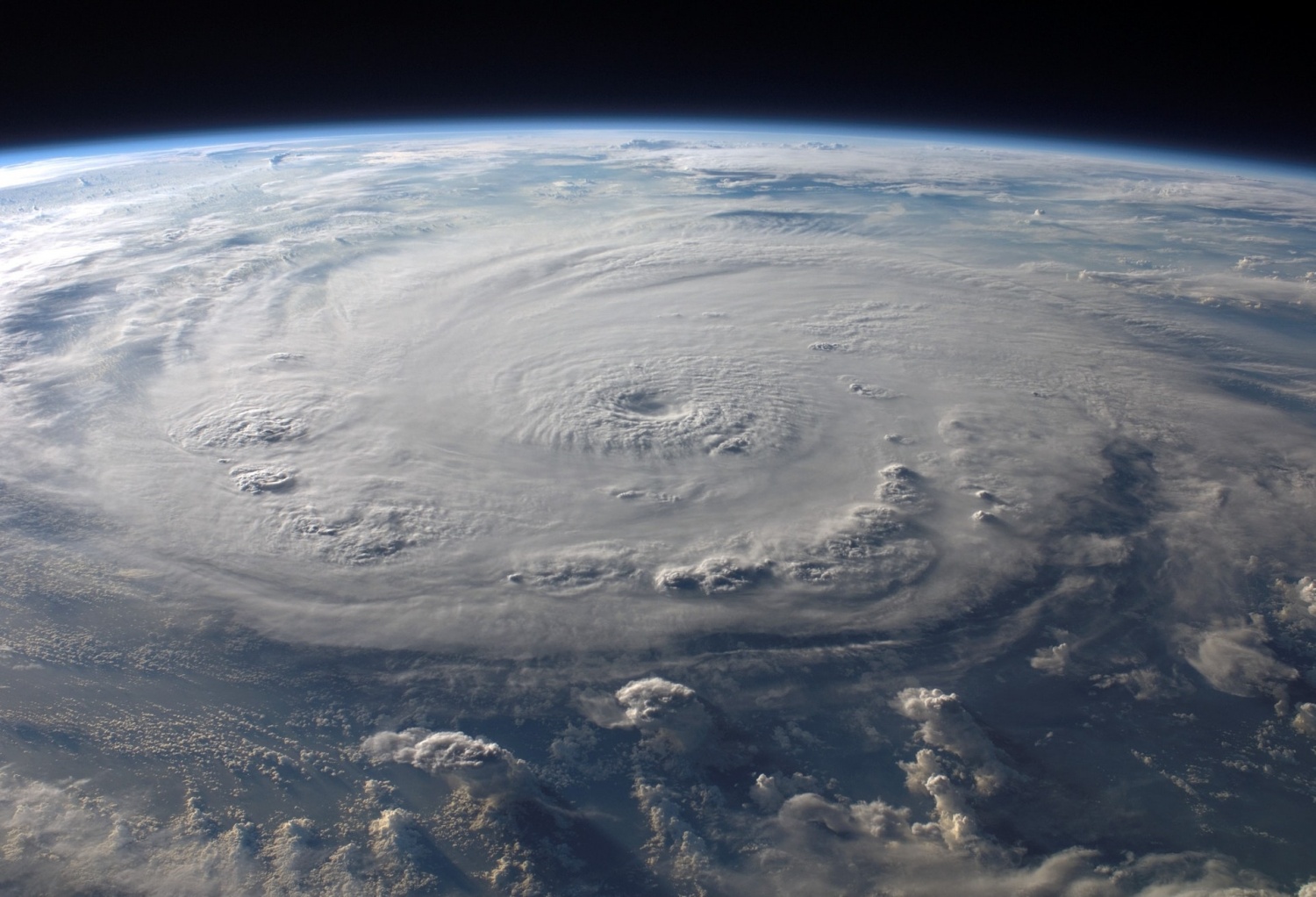Have you ever wondered about the name of the phenomenon that causes hurricanes and typhoons to become stronger and more frequent? Look no further, as we dive into the topic of warmer ocean temperatures and its impact on these natural disasters. Let’s explore what this phenomenon is called and how it affects our planet.
Exploring the Impact of Warmer Ocean Temperatures: The Phenomenon Behind Stronger and More Frequent Hurricanes and Typhoons

Introduction
The world has witnessed an increasing number of devastating hurricanes and typhoons in recent years, causing destruction and loss of life on a catastrophic scale. These powerful storms, characterized by strong winds, heavy rain, and storm surges, have become more frequent and intense, leading to a growing concern about their impact on coastal communities.
One of the factors contributing to the intensification of these storms is the rising ocean temperatures. As the Earth’s climate continues to warm, the oceans are absorbing more heat, creating an environment that is more conducive to the formation and intensification of hurricanes and typhoons. In this informative piece, we will explore the phenomenon of warmer ocean temperatures and its impact on the strength and frequency of these destructive storms.
What causes ocean temperatures to rise?
The Earth’s climate is changing at an unprecedented rate, primarily due to human activities such as burning fossil fuels and deforestation. These activities release large amounts of greenhouse gases, such as carbon dioxide, into the atmosphere, trapping heat and causing the planet’s temperature to rise.
As the Earth’s surface temperature rises, the oceans also absorb more heat, making them warmer. This process is known as ocean warming. Over the past century, the Earth’s oceans have absorbed more than 90% of the excess heat from global warming, leading to an average increase in ocean temperature of about 0.18°F (0.1°C) per decade.
The warming of the oceans is not uniform, with some regions experiencing more significant increases in temperature than others. The highest ocean warming rates have been observed in the Arctic, where sea ice is also rapidly melting, and in the western tropical Pacific Ocean.
How does warmer ocean temperatures impact hurricanes and typhoons?
Warmer ocean temperatures provide the energy that fuels hurricanes and typhoons, making them stronger and more destructive. Hurricanes and typhoons are essentially heat engines, drawing their energy from warm ocean water. As the ocean temperature rises, more heat is available for these storms to use, leading to their intensification.
The warm ocean water also increases the evaporation rate, providing more water vapor for the storms to use, leading to heavier rainfall. This, combined with the warmer air temperatures, can result in more intense and frequent thunderstorms within the storm system.
In addition, warmer ocean temperatures can also affect the atmospheric conditions that influence the formation and intensity of hurricanes and typhoons. For example, warm ocean temperatures can create more unstable atmospheric conditions, which can lead to the development of more powerful and longer-lasting storms.
The impact of warmer ocean temperatures on hurricane and typhoon frequency is still being studied. However, some studies suggest that as the Earth’s oceans continue to warm, there may be an increase in the number of hurricanes and typhoons forming in the future.
What can we expect in the future?
The impact of warmer ocean temperatures on hurricanes and typhoons is a cause for concern, especially for coastal communities. As the Earth’s climate continues to warm, we can expect more intense and frequent storms, with the potential for greater destruction and loss of life.
In addition to the direct impact on human lives and property, these storms can also have long-term effects on the environment. For example, strong storm surges can erode coastlines and damage delicate ecosystems, while heavy rainfall can lead to flooding and contamination of water sources.
Conclusion
The increasing frequency and intensity of hurricanes and typhoons in recent years have been linked to the Earth’s warming oceans.In conclusion, the phenomenon known as “warmer ocean temperatures causing stronger and more frequent hurricanes and typhoons” has been a growing concern in recent years. This trend highlights the importance of addressing climate change and implementing measures to reduce greenhouse gas emissions in order to mitigate the impact on our oceans and prevent further intensification of these natural disasters. It is imperative that we take immediate action to protect our planet and its inhabitants from the detrimental effects of this phenomenon.